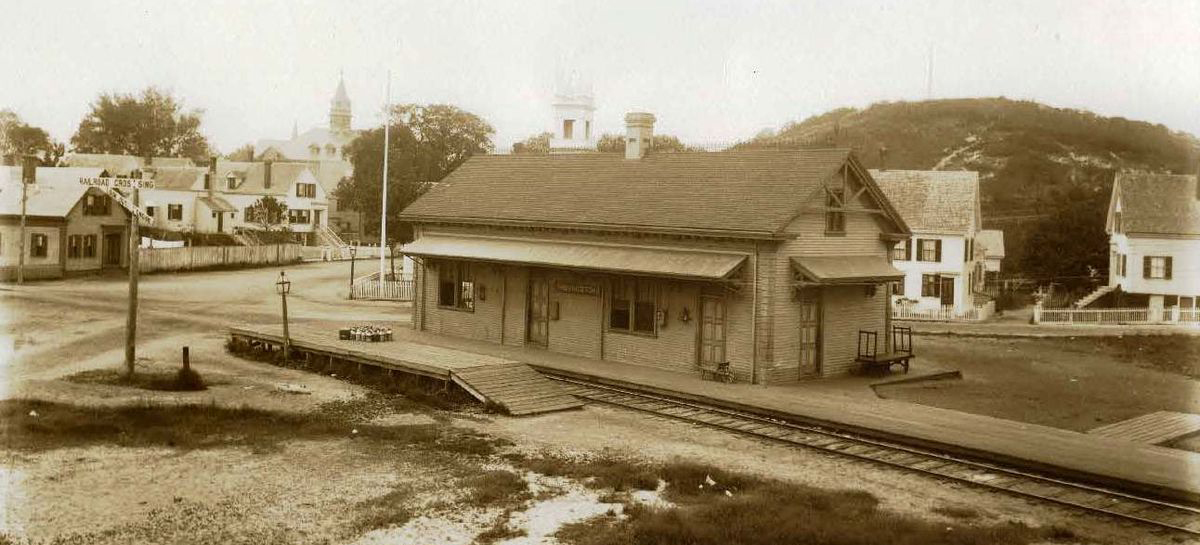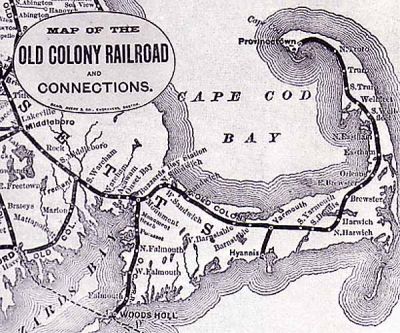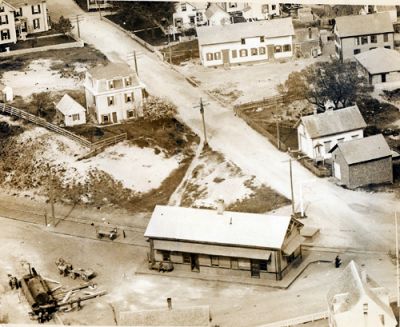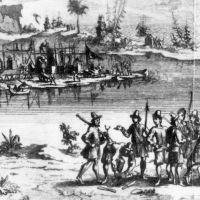Primary Source
RAILROAD EXTENSION. THE CELEBRATION, YESTERDAY.
OPENING OF THE PROVINCETOWN EXTENSION OF THE OLD COLONY RAILROAD—AN EXTENSIVE CELEBRATION—SPEECHES BY DISTINGUISHED GUESTS—FESTIVITIES AT THE END OF THE CAPE—A BALL CLOSES THE DAY’S ENJOYMENTS.
The completion of the extension of the Old Colony railroad from Wellfleet to Provincetown and its opening to travel was celebrated, yesterday, by a dinner and ball at the end of the new road. The officers of the road extended invitations to a large number of distinguished men and provided an extra train to convey them to the scene of the celebration. The train left the Old Colony station at five minutes of nine o’clock having on board between one and two hundred gentlemen, . . .
After leaving the station nothing of interest occurred until reaching Wellfleet, the end of the old road. A commissary car accompanied the train, and in it a table was spread and kept constantly supplied with all the requisites for an excellent lunch. The trip from Wellfleet to Provincetown was a slow one, but the frequent stops and a slow rate of speed enabled the party to enjoy the fine agricultural country through which the road is laid, as well as the sweet odors from the relics of the people’s industry which were strewn along the shore. At every hamlet, all the inhabitants who had not “gone to the celebration” were seen out in front of their dwellings in order to catch a passing glimpse of the “steam cars.” . . . The road bed of the extension is about fourteen miles in length, and proved to have been excellently constructed, and the short runs of the train, during which a good rate of speed was obtained, were without as many “shakings” as would be expected. A few lumpy places were found, but these were being fixed as rapidly as possible. The view along the route is pleasantly varied by the sand hills which partially interrupt the view of the bay. The portions of the road from which a view across the bay of Provincetown is seen are very beautiful, and as a whole the ride is an attractive one, notwithstanding the sterility of the surrounding country.
The train arrived at Provincetown at three o’clock, and its arrival was welcomed by the ringing of the bells of the town and the firing of cannon from the top of High Pole Hill. . . .
“Railroad Extension.: The Celebration, Yesterday,” Boston Daily Globe, July 23, 1873.








